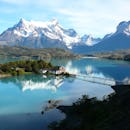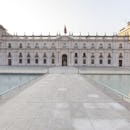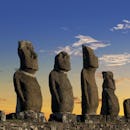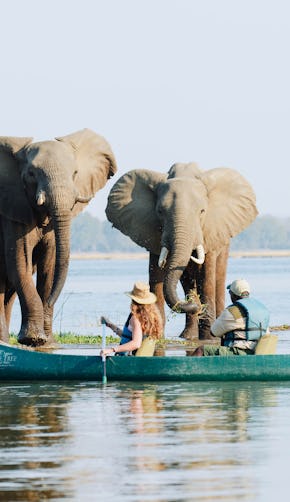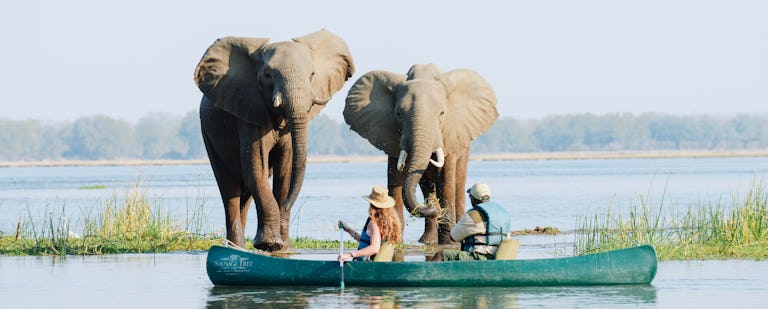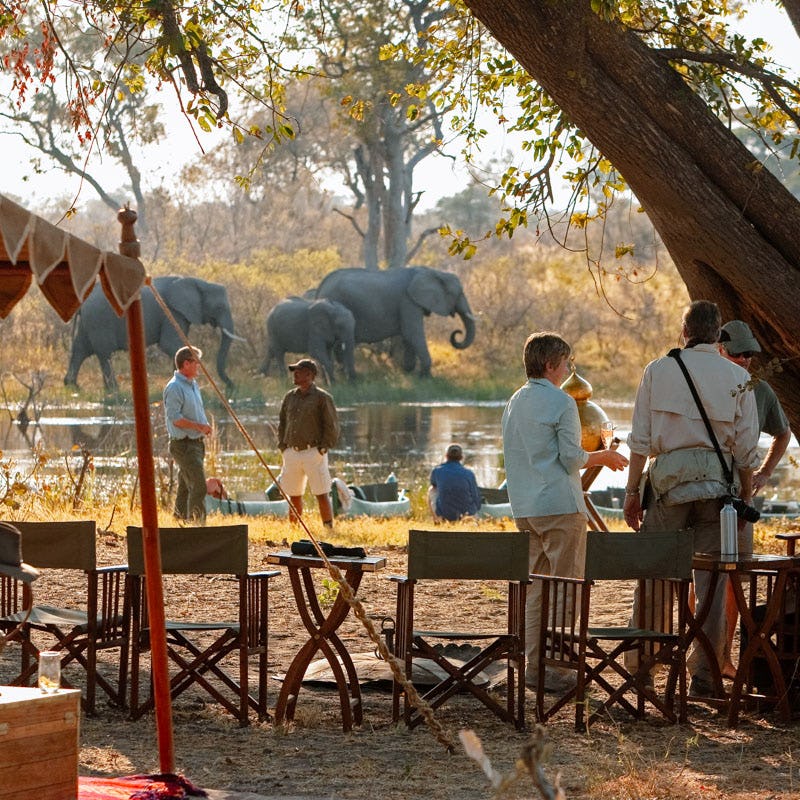A spindly ribbon of land along South America’s Pacific coast that spans over 4,000 kilometres, Chile is as diverse as they come. Beginning in the driest sand desert on Earth and ending in a tapestry of glacial fjords, it will come as no surprise that the weather is just as varied – but what you might not know is that it’s surprisingly easy to figure out. Whether you’re planning on sipping on a carménère in the Wine Valleys, trekking in Patagonia, or visiting the mysterious Easter Island, our guide has the 4-1-1 on the best time to visit Chile.
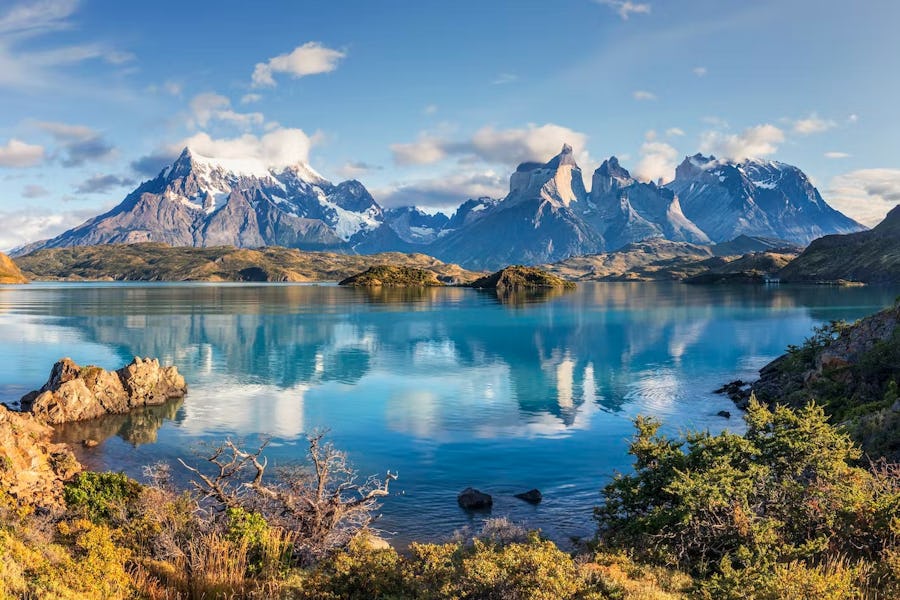
December to February
Patagonia is a fickle beast, with the possibility of rain, gales and sunshine all in one day. However, the summer months are undoubtedly the best time to see Patagonia at its best and most beautiful. In Torres del Paine, the peaks are likely to be cloud-free (the golden hours are a photographer’s dream) and even the remotest of destinations in Aysen haven’t yet been blocked off by snow. These are the perfect months for an action-packed itinerary of boating beneath mammoth glaciers, exploring marble caves, and horseback riding across the Lake District.
Follow the map northwards to the Atacama Desert, where some areas haven’t seen rainfall in centuries and daily temperatures remain at the mid to low 20s (Celcius) throughout the year. In January, the Atacama is at its busiest, but summer brings crystal-clear skies and above-zero nights to make the most of the spectacular stargazing. It’s also a good time to enjoy the lunar valleys and salt flats, spot pockets of rose-pink flamingos and sandboard down the dunes. And there’s no better time to catch the sunrise at El Tatio as geysers erupt in billowing columns around you!
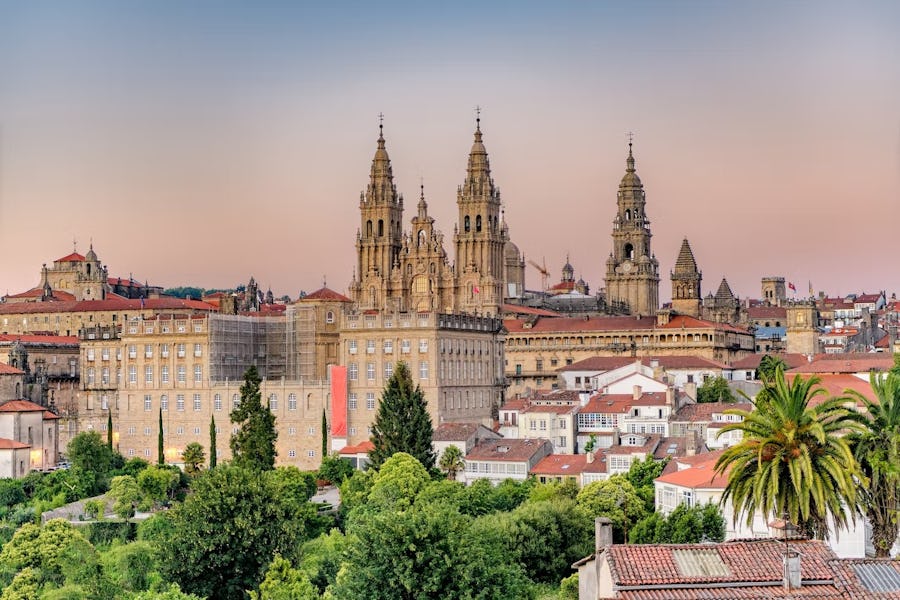
June to August
Avoid the coastal heat with a winter visit to Chile’s vibrant capital, Santiago. At this time of year, the streets are less crowded and you can wander from museum to marketplace at your leisure. Nearby Valparaíso is also a treat from June to August, the jewel-bright houses and open-air ‘galleries’ shining in the wintery sunshine, not to mention the fantastic seafood to dine on at the waterfront. For snowboarders and skiers, some of the finest slopes in South America are a short drive away and, come August, you could have them all to yourself. The Patagonian Lake District is also a top skiing spot, if you can handle the chill.
Although winter evenings in the Atacama Desert hit sub-zero temperatures, they could be worth braving to see the usually barren landscape abloom with over 200 species of flowers. The daytime conditions are stable year-round so you won’t miss out on any activities if you visit now – and there’ll be fewer tourists joining you in the desert.
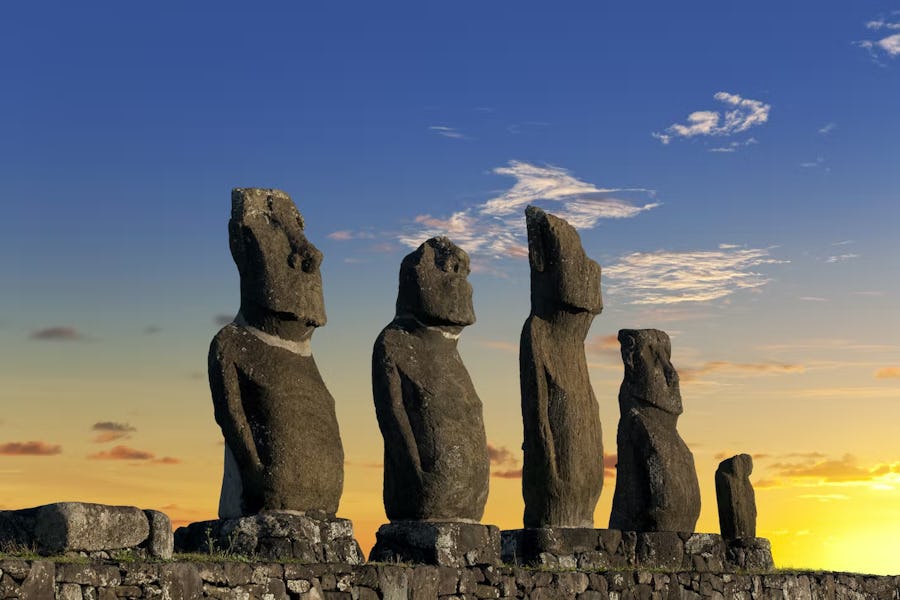
March to May (Autumn) & September to November (Spring)
If Central Chile is on the agenda, autumn is one of the most beautiful times to plan a visit. Santiago is sprinkled with rust-coloured leaves, the countryside is blossoming, and the wine valleys are in harvest. Tour the country’s many world-class vineyards, sampling their signature grapes and taking in the atmosphere at wine festivals (a specialty in autumn). In spring, head to the coastal towns for mild and sunny days, perfect for exploring, and enjoy some beach time, minus the crowds.
These ‘shoulder season’ months are also ideal for an Easter Island escape. Between April and June, tropical breezes keep the island temperate for hiking and biking between the famous moai statues and ancient ruins, and although there is a chance of rain, it’s unlikely to last long. Between October and December, take advantage of the cooler (but never cold) months and no crowds. This is the time to surf off the pink-sand shores, dive to see the sunken moai, and snorkel amongst vivid marine life.
In February, the island celebrates the Tapati Rapa Nui Festival, an amazing sharing of ancient cultural traditions with new generations and a spectacular sight. But be warned, it does fall within the busiest tourist season.











